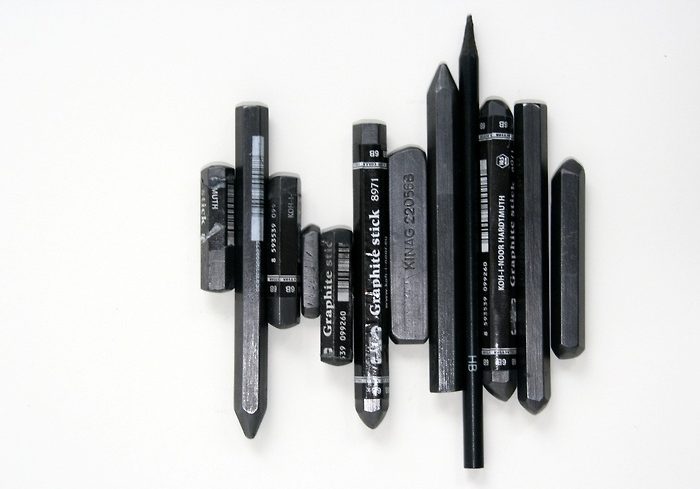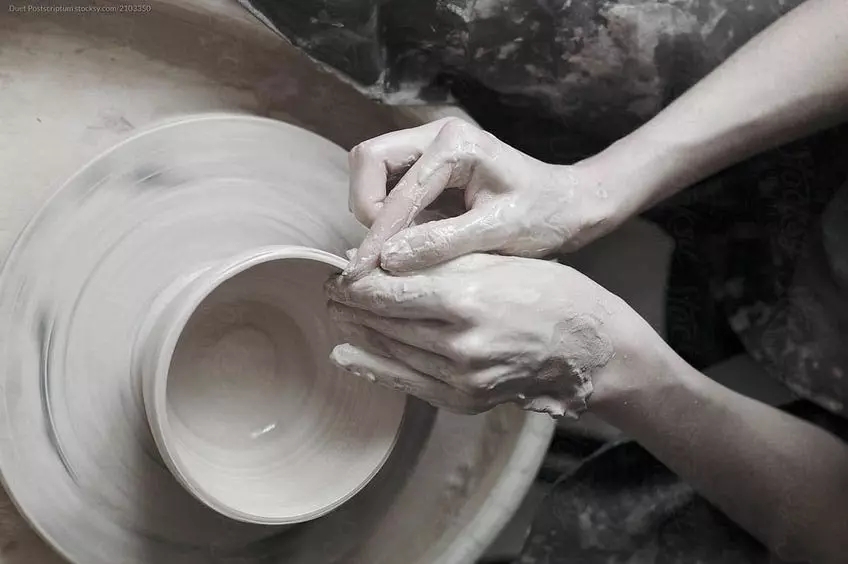Your cart is currently empty!
How to find yourself in the world of creativity and work on realizing your potential?

After all, there are many classic and innovative techniques to choose from. Who are you in the world of art?
It makes sense to turn to classic techniques: academic drawing and painting. The first technique will allow you to try your hand at working with lines and hatching, and the second will help you understand how comfortable you are working with wet materials.
These two techniques have completely different specifics, so it would be better to separate their practice, allocating separate time for each of them. It’s like dividing your time into two school lessons, only without a strict teacher and with the opportunity to drink delicious tea.
So, let’s turn to an in-depth study of the issue.

If you enjoy working with dry materials (paper + graphite), you can try practicing hatching and shading techniques. Once you understand what you are comfortable working with, you can expand your range to include pastels, gel pens, and charcoal. Take your time on the path to self-discovery, try each direction for fun, and expand the horizons of your possibilities.
Graphic techniques in drawing are various ways of depicting objects and conveying textures, light, shadows, and space using lines, strokes, spots, and tones. They are the basis for creating expressive and emotionally rich works in graphics.
What are the main techniques? Let’s take a look:

- Line drawing – conveying form and space using contour lines.
Most often used in the early stages of learning. - Hatching – applying parallel or intersecting lines to create tone and volume.
- Spot technique – constructing an image with spots of light and shadow, often used in pictorial graphics.
- Tonal drawing – creating volume through gradations of light and shadow (soft transitions, without clear lines).
- Silhouette – conveying form using only a filled contour, without internal detail.
- Graphic texture – using various techniques to convey the materiality of objects (wood, fabric, metal, etc.).
These techniques can be combined in a single work to achieve expressiveness and depth.
Please note this.
If you are interested in sculpture, consider sculpting with plasticine or clay. Plasticine will help you work with more complex shapes, while clay can open up the world of ceramics for you. These are quite different techniques that require an individual approach to the material, so before you start learning, it is best to compare the methods and the amount of time required for training.
There is a wide variety of techniques and directions where you can realize yourself as an artist. But it is important to remember that art loves sincerity and dedication to the process. Do not waste your time on some “trendy” direction just because it is popular or you can “stand out” with your work. Act based on your skills and inclination toward a particular direction, improve yourself, and be sincere in what you do, because this is the direct path to success.

